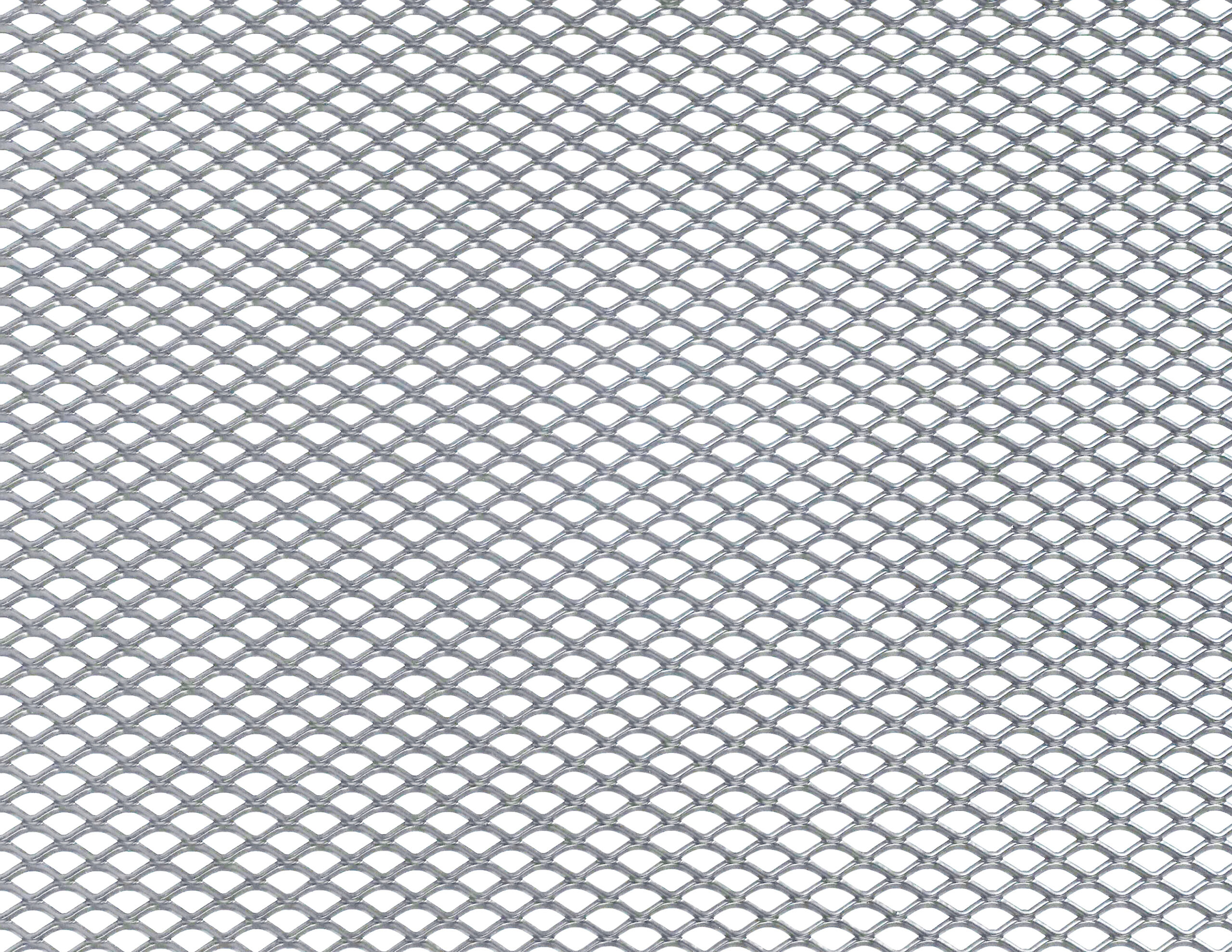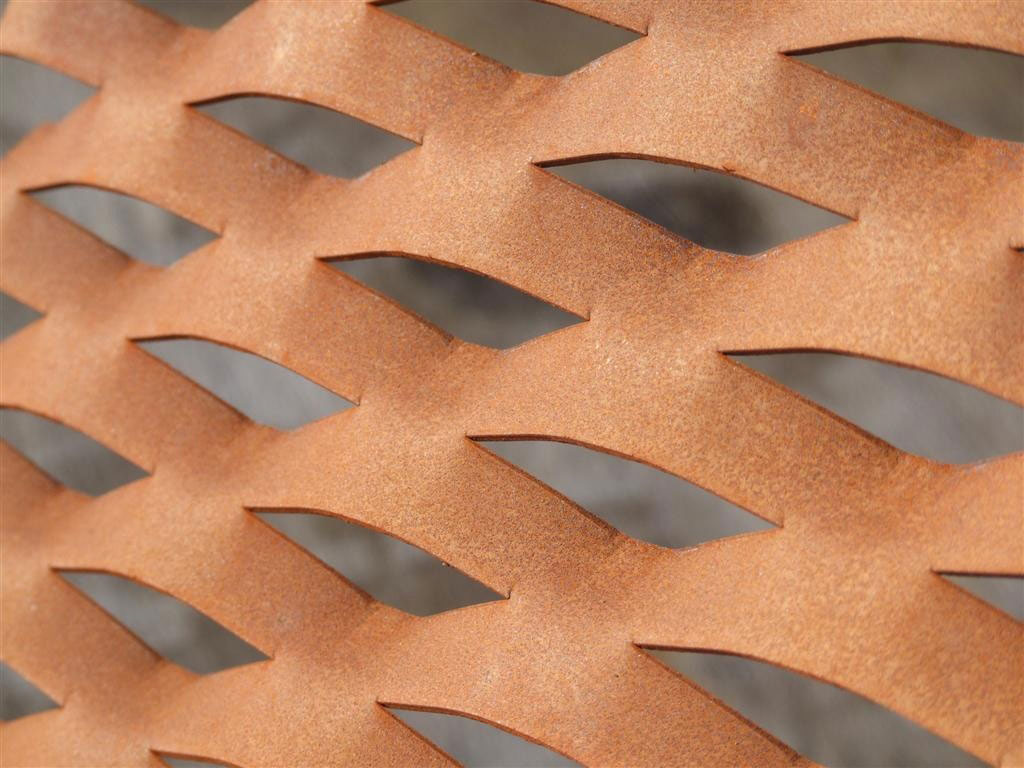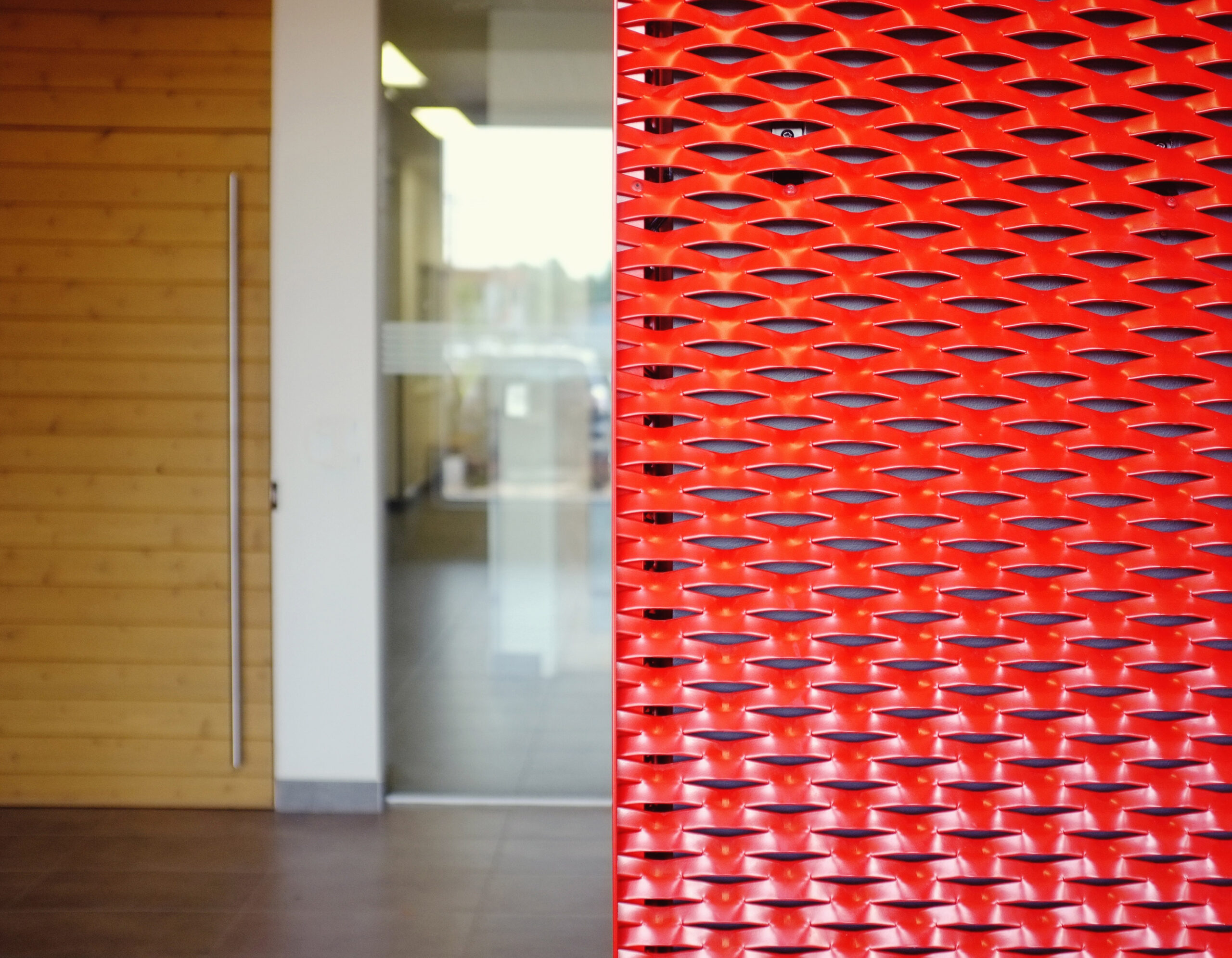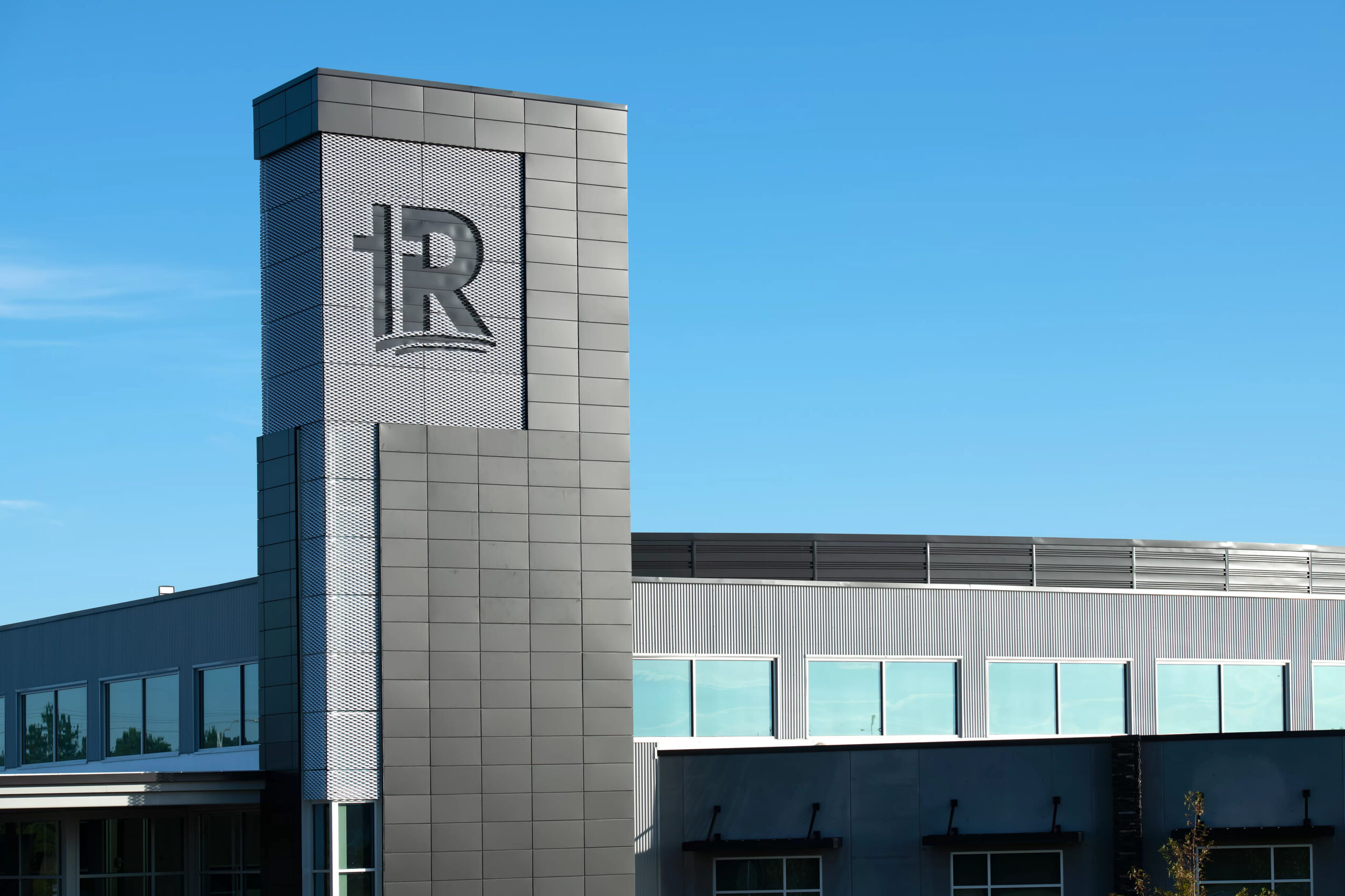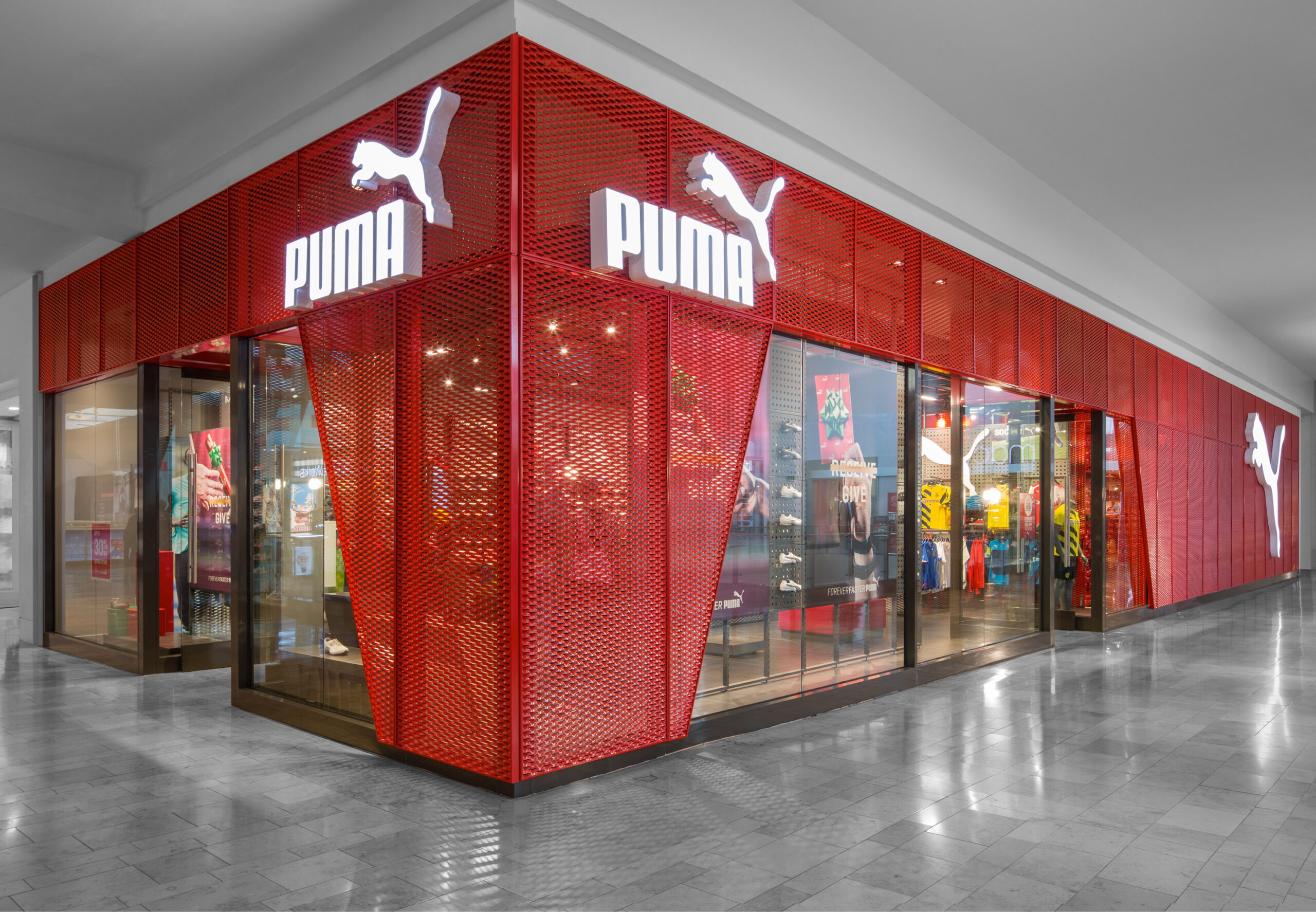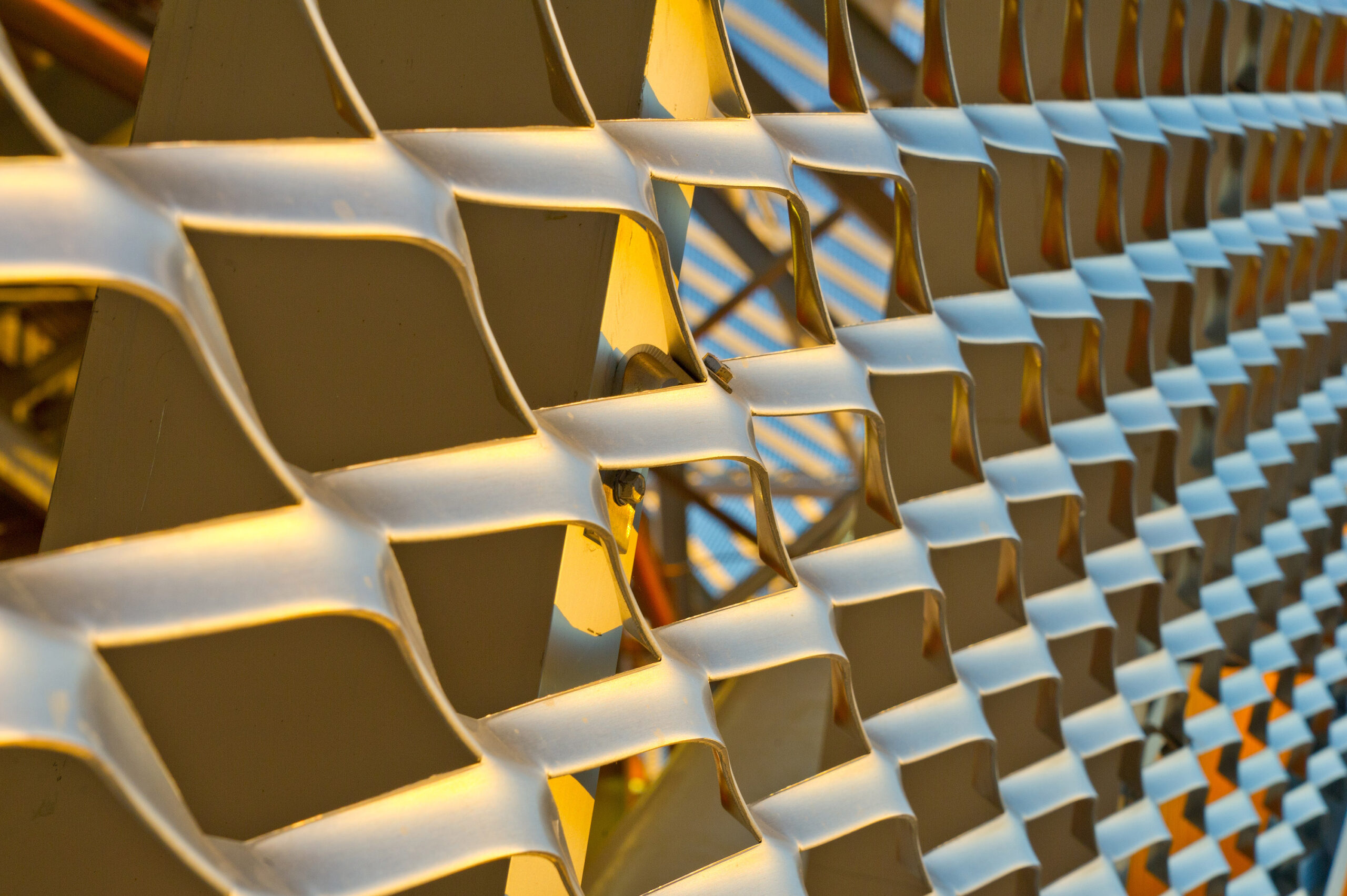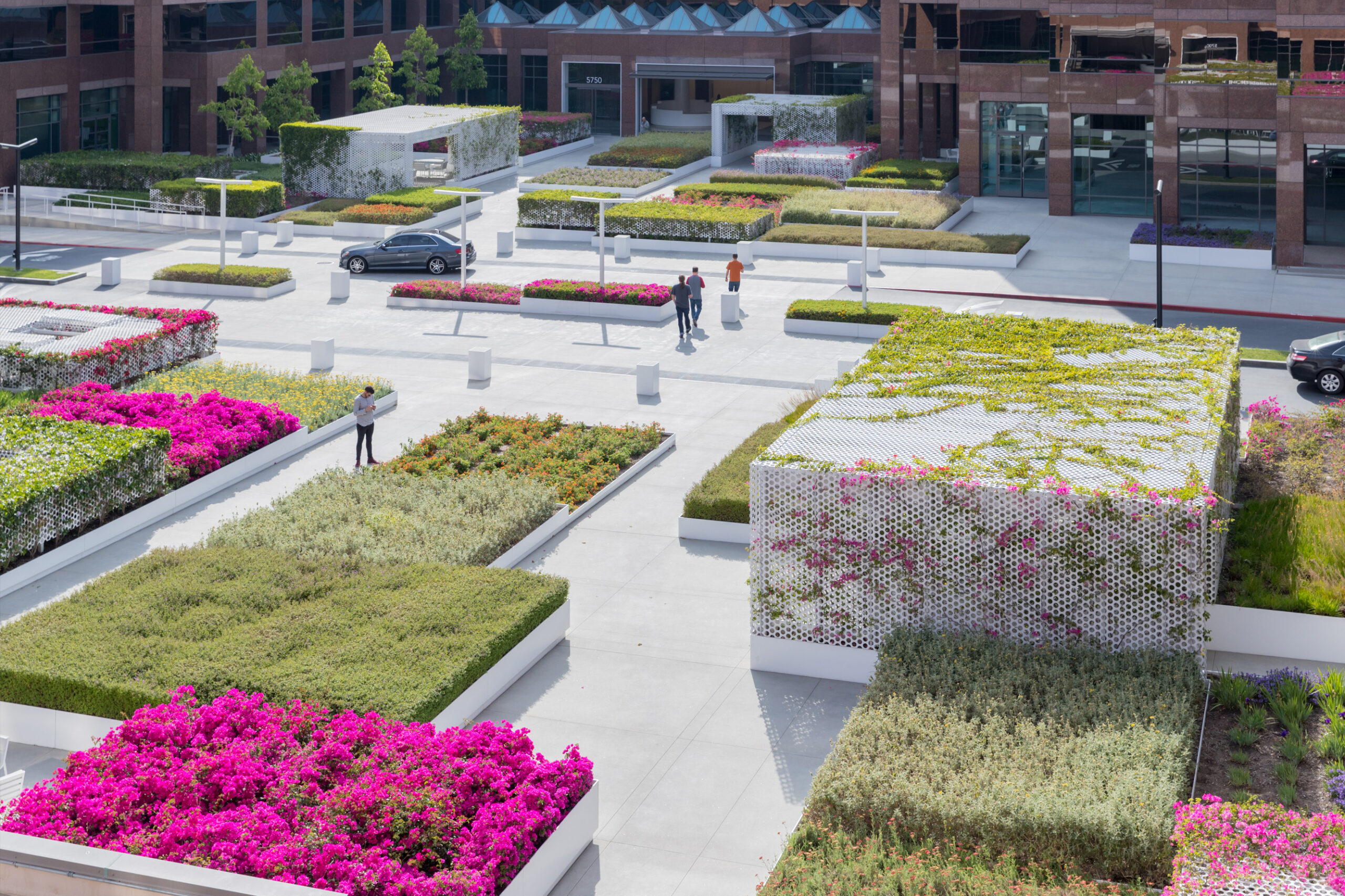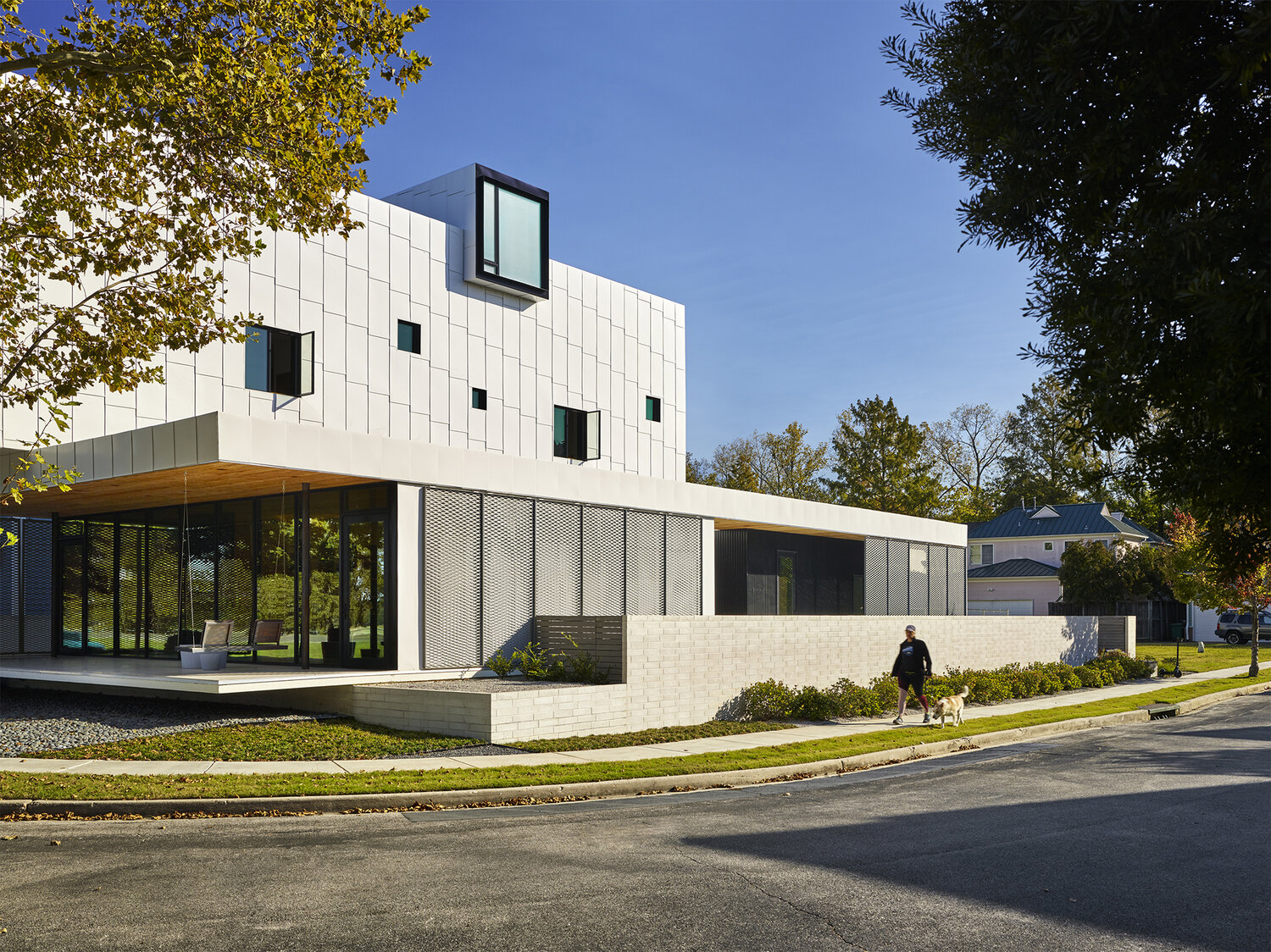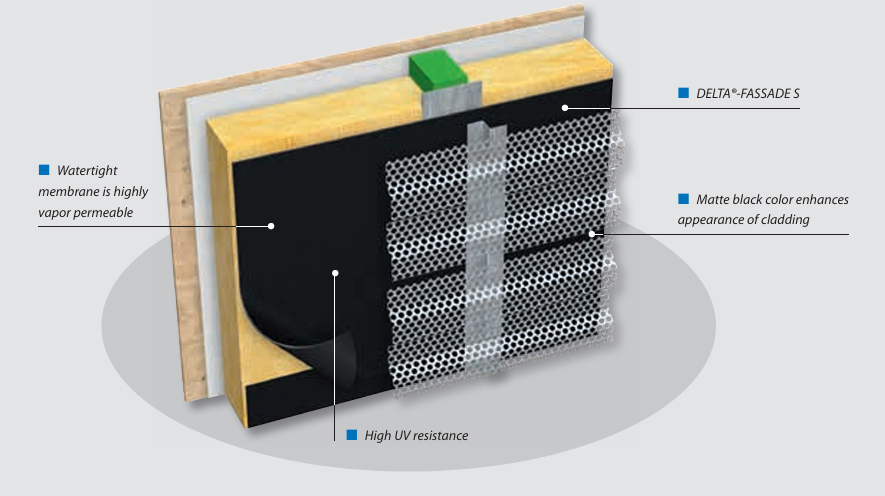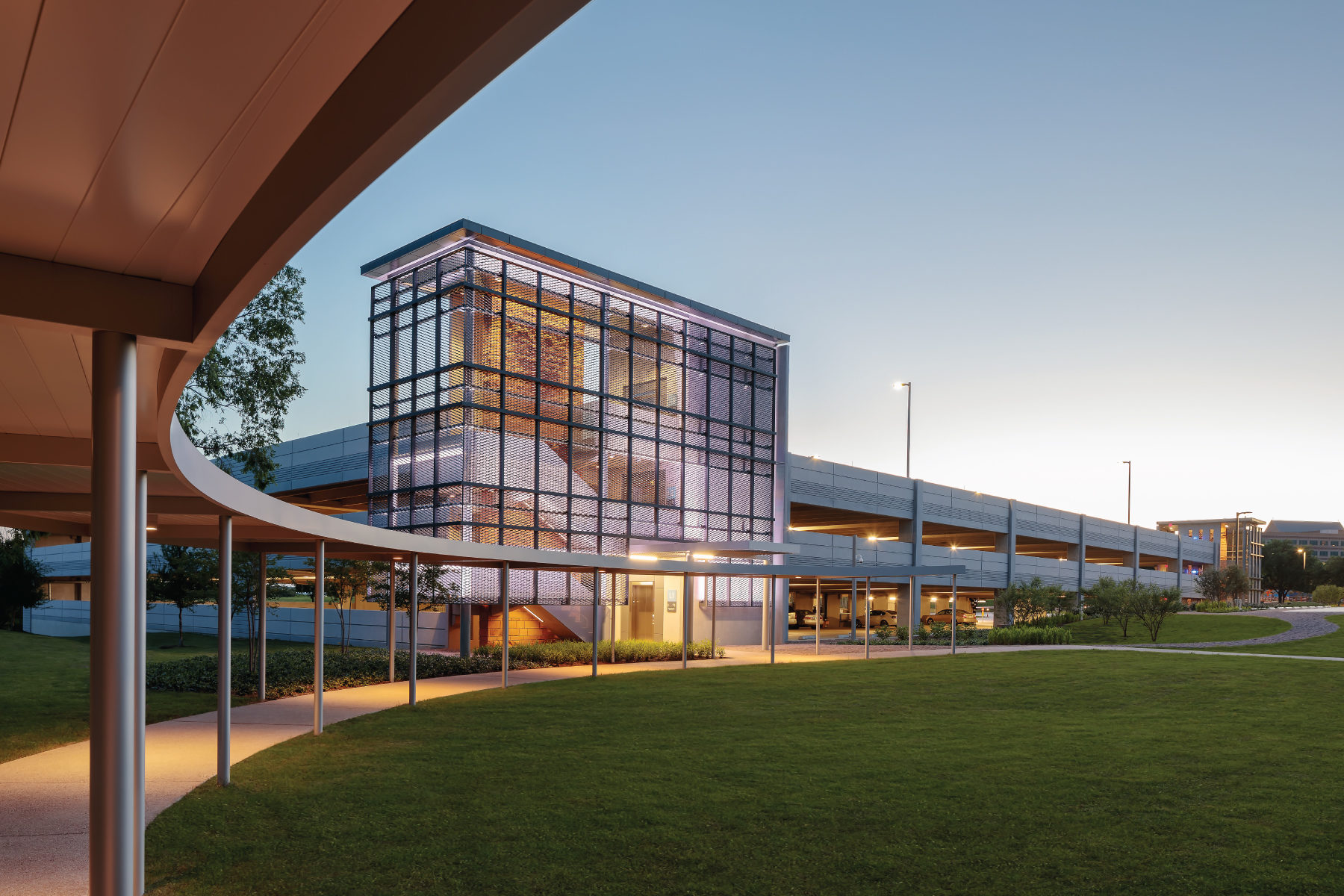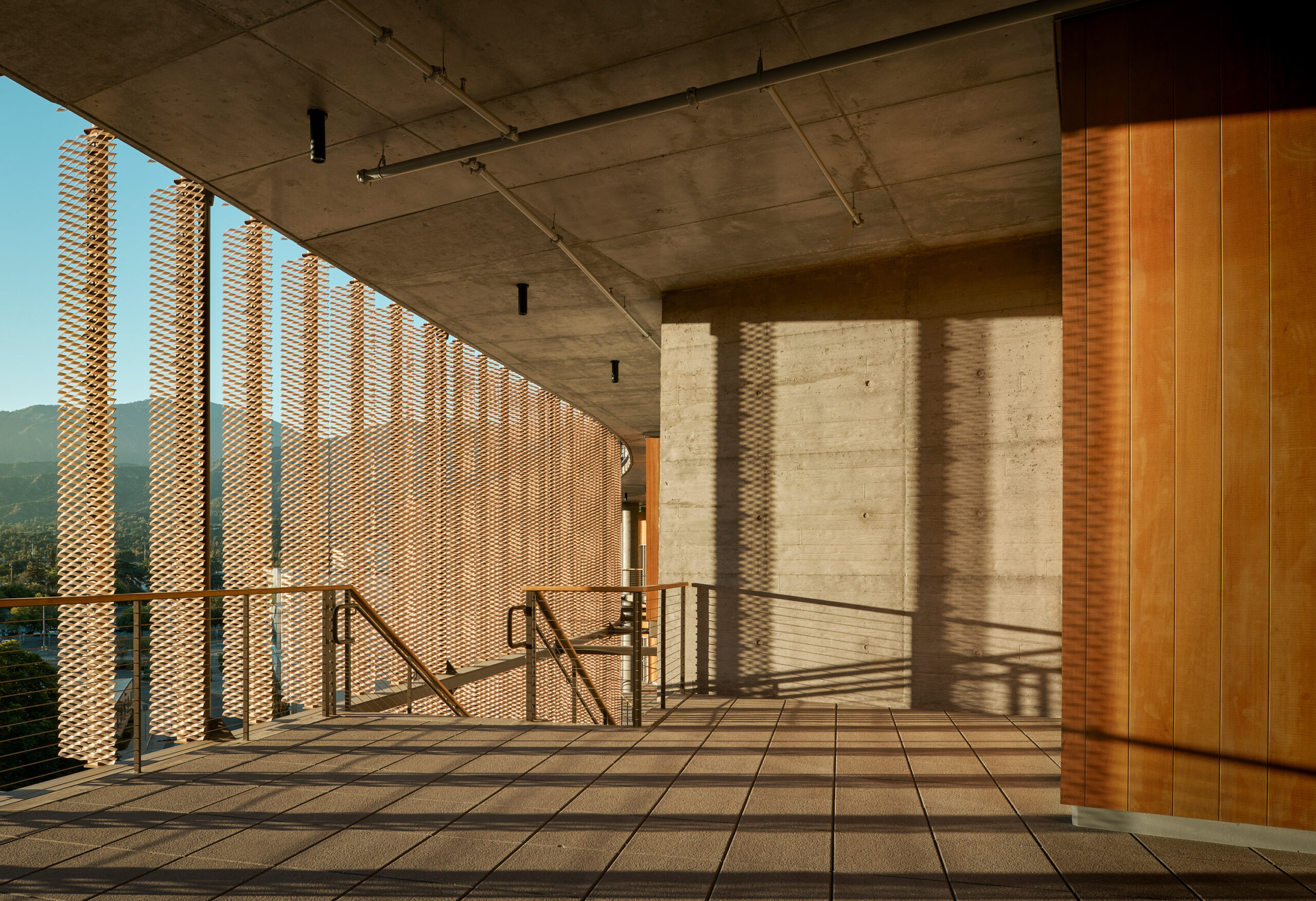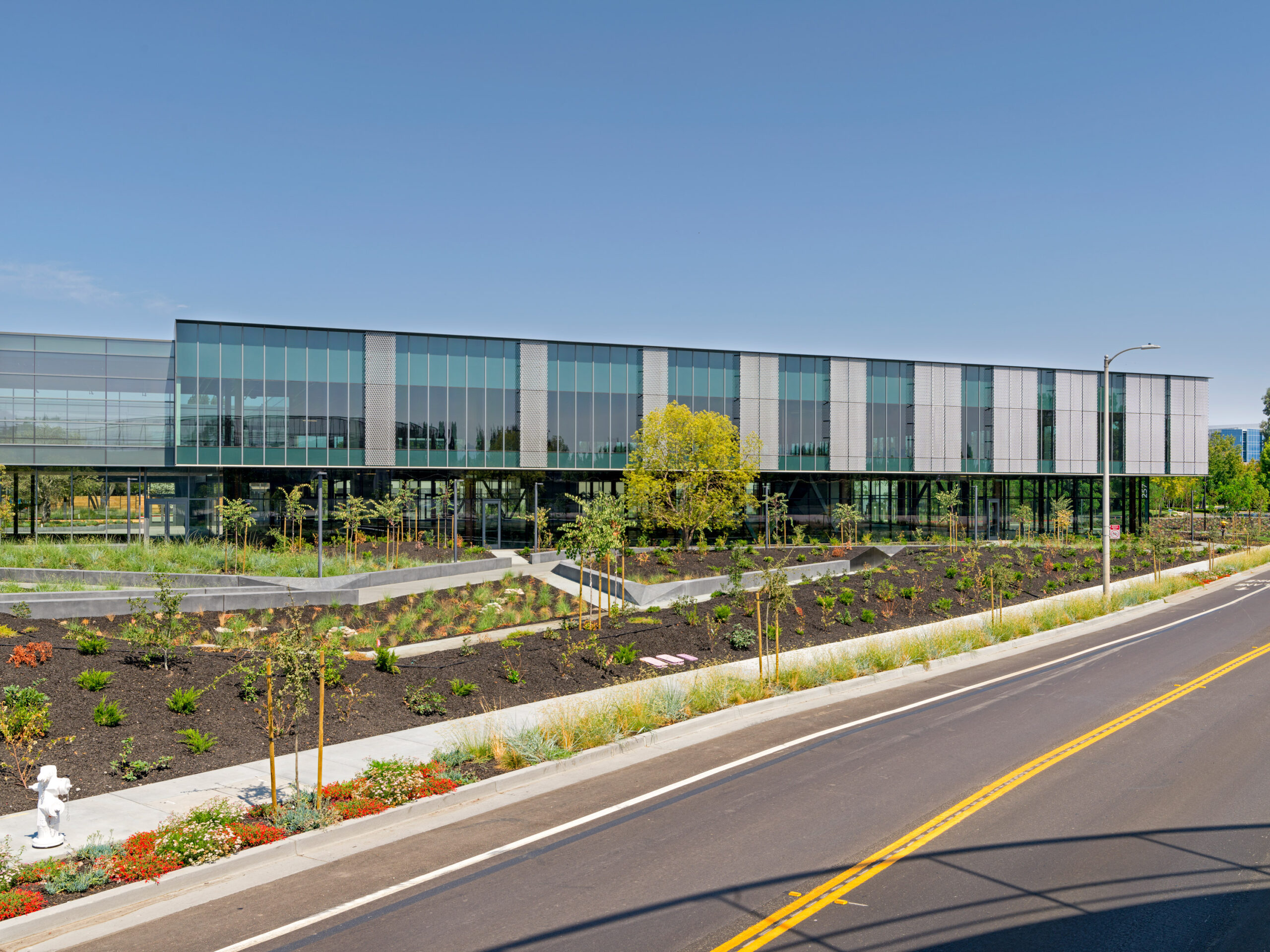Author: Michael Nelson
-
Expanded Mesh vs. Woven Wire Metal Fabrics: Why Architects are Specifying Expanded Mesh
Woven wire can be beautiful, but it presents challenges when it comes to practical installation. Here we’ll do a comparison of the two materials, but first, if you are looking to substitute Woven Wire Mesh for Expanded Mesh, consider looking at AMICO’s Luxos. This style of expanded mesh has a very narrow strand and is…
-
2025 Architectural Color Trends & Forecasts
Color and finish can be one of the most important design decisions you can make when working with architectural metals. Design objectives, clients, and building location can all influence which colors are most suitable, making definitive trend guidance difficult, especially given the long life span of architecture. With the hundreds of conversations we have with…
-
Understanding AAMA 2604 vs. AAMA 2605: Choosing the Right Powder Coat for Architectural Metals
Step one of specifying a finish for metals is defining your warranty; this will help guide the selection of a coating. Also, note that over-specifying a coating can drive unnecessary costs into your project. AMICO Architectural Metals works directly with coating manufacturers and applicators to help find that perfect balance of necessary performance and cost…
-
Blending Architectural Signage with Expanded Mesh Facade Materials
Expanded Mesh Signage Integrating signage elements with materials commonly found in facades presents a valuable opportunity to develop impactful messaging and design elements, while avoiding the use of typical signage materials that may appear cheap. Layered Expanded Mesh Signage Architects typically specify expanded mesh for its texture, and this design element can play into your…
-
10 Ways Retail Design Can Innovate with Expanded Mesh, Perforated Metal, and Laser Cut Panels
If you are designing for retail or restaurants, AMICO’s architectural metal products can provide distinctive design opportunities. Let’s look at a few application examples. Problem 1: Limited space ruins customer experiences Challenging lot sizes and demands for parking and drive-through elements can lead to an unsatisfying customer experience for outdoor seating. No one wants…
-
Case Study: Owner Design Collaboration
Recently, we began some work with a client, and the building owner, during our collaboration meeting, posed an excellent question: “What will the expanded mesh or perforated metal look like from a distance?” With a prominent interstate-facing lot, the owner wanted his building to present well from a distance. The project calls for a long…
-
Case Study: Biophilic Design with Perforated Metal
What do you do with an aging mid-rise office complex with struggling occupancy? Michael Maltzan Architecture decided to address the problem, starting outside first, with landscape design. Addressing an ample, underutilized, concrete space, they set upon a biophilic design journey to revitalize and bring value to tenants and owners. The design was straightforward and…
-
Case Study: Architectural Metals for Residential Spaces
Architectural metals like expanded mesh, perforated metal, and laser cut panels are a road less traveled in residential home design, but are gaining popularity and offer many great design opportunities. Where do you find these materials used? Outdoors, you’ll find these materials used as privacy screens, sunshades, or garden trellis. In contrast, on the inside,…
-
What should an architect specify behind an expanded mesh facade?
An extremely common question we get asked at AMICO is… What should the architect specify behind the expanded mesh facade? Because all forms of expanded mesh are open to some degree, the surface behind the mesh needs to be water-tight to protect the insulation and prevent water from getting trapped behind the wall. The question…
-
Q&A: Parking Garage Screen Design
Q1: Why is a parking garage screen important? Parking garage screens provide an opportunity to transform blank utilitarian structures into architectural assets. Metal cladding enhances aesthetics by offering a finished look that blends with the surrounding architecture and creates a more cohesive neighborhood feel while concealing unsightly structural elements, reducing the visual impact of vehicles…
-
Designing for Light and Shadow in Architecture
In architecture, light can be more than illumination; it serves as a fundamental design material. Whether natural or artificial, light shapes our perception of space, texture, and atmosphere. Equally important is the interplay with shadow, which adds depth, emotion, and rhythm to architectural experiences. Material selection can partner with light, activating spaces through texture, transparency,…
-
Building Performance Standards: Facade Upgrades for Efficiency
Across the U.S. and Canada, new Building Performance Standards (BPS) are prompting owners to retrofit existing buildings for lower energy consumption and reduced carbon emissions. Cities like New York, Washington D.C., Denver, and more than 10 others have adopted BPS policies, meaning older facades are getting a serious makeover. One of the smartest upgrades? AMICO…








